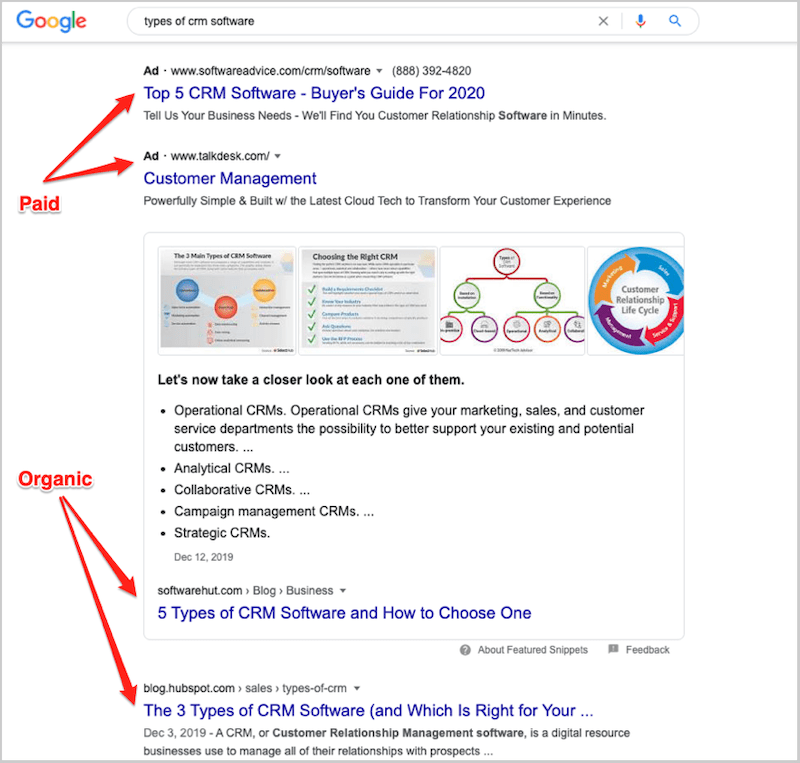Unlock the mystery of search engine results pages: How they work, why they matter, and how to optimize for success.

Image courtesy of via DALL-E 3
Table of Contents
Have you ever wondered how search engines like Google, Bing, or Yahoo find the information you’re looking for on the internet? It all starts with something called a search engine results page (SERP). In this section, we’ll dive into what SERPs are and why they are essential for helping us find what we need online.
What is a SERP?
Let’s imagine you’re searching for information about your favorite superhero. When you type your question into a search engine and hit enter, a search engine results page (SERP) is what appears on your screen. It’s like a list of answers to your question, showing you websites, images, videos, and more related to your search.
Why Are SERPs Important?
Search engine results pages are super important because they help us quickly and easily find the information we’re looking for. Imagine how hard it would be to find anything on the internet without them! SERPs are like a treasure map, guiding us to the right websites and resources among the billions available online.
Understanding Search Engines
What are Search Engines?
Search engines are like giant libraries on the internet that help you find information quickly. They are websites you can use to search for things like websites, pictures, videos, and more. Some popular search engines include Google, Bing, and Yahoo.
How Do Search Engines Work?
Search engines work by sending out little robots called spiders to crawl through the vast web of information on the internet. These spiders collect data from websites and bring it back to the search engine’s database. When you search for something, the search engine uses complex algorithms to find and rank the most relevant information to show you on the search engine results page (SERP).
Anatomy of a SERP
When you type something into a search engine like Google, you get a list of websites that might have what you’re looking for. This list is called a Search Engine Results Page (SERP). Let’s take a closer look at what makes up a SERP.
Organic Results
Organic results are the regular website listings you see on a SERP. They aren’t paid for by businesses to appear at the top. Search engines like Google use complex algorithms to decide which websites are the most relevant to your search. These organic results are based on that ranking.
Paid Ads
At the top of a SERP, you might see some websites with a small box that says “Ad” next to them. These are paid advertisements. Businesses can pay to have their websites appear at the top for certain keywords. These ads are labeled to show you that they are paid placements.
Special Features
Aside from organic results and paid ads, a SERP can also have special features. These might include snippets of information, image results, maps, or even a “People Also Ask” section. These features are designed to give you quick answers to your questions without clicking on a specific website.
How Ranking Works
When you type something into a search engine like Google or Bing, have you ever wondered why certain websites show up at the top of the results? That’s where ranking comes into play. Let’s dive into what ranking is all about and how search engine algorithms determine which websites appear first on a search engine results page (SERP).

Image courtesy of via Google Images
What is Ranking?
Ranking is like a popularity contest for websites. Search engines use complex algorithms to decide which websites are the most relevant and useful for a particular search query. The websites that meet these criteria the best get ranked higher on the SERP. So, when you see a website at the top of the results, it means that search engine thinks it’s the most relevant match for what you’re looking for.
Introduction to SEO
Search Engine Optimization (SEO) is like a magic spell that website owners use to improve their ranking on SERPs. By optimizing their content with the right keywords and following other SEO best practices, website owners can increase their chances of appearing higher in search results. SEO helps websites become more visible and attract more visitors by climbing up the ranks on SERPs.
User Behavior on SERPs
When you type something into a search engine like Google or Bing, you get a list of results on the search engine results page (SERP). The click-through rate (CTR) is how often people click on a link compared to how many times it is shown on a SERP. For example, if a website appears in search results 100 times and 10 people click on it, the CTR is 10%. Higher CTR means more people are finding that particular result useful or interesting.
Common User Actions
Users on a SERP often take various actions to find the information they need. They might click on a link to visit a website, refine their search terms to get better results, or look for specific features like images or maps. By understanding how users behave on SERPs, search engines can improve their results to show the most relevant information first.
Improving Your Presence on SERPs
One of the best ways to enhance your website’s visibility on search engine results pages (SERPs) is by creating high-quality and engaging content. When you provide valuable information that is relevant to your target audience, search engines are more likely to recognize your website as a trustworthy source of information. This can lead to an improved ranking on SERPs, making it easier for users to find your website when searching for related topics.

Image courtesy of via Google Images
Using Keywords
Keywords play a crucial role in determining how well your website performs on search engine results pages. By strategically incorporating relevant keywords into your content, meta descriptions, and headings, you can increase the likelihood of your website appearing at the top of search results. However, it’s essential to use keywords naturally and avoid keyword stuffing, as search engines can penalize websites that engage in this practice.
The Future of SERPs
Search engine results pages (SERPs) have come a long way in providing users with valuable information quickly and efficiently. As technology advances, so too do the trends and features that shape the future of SERPs. Let’s take a look at some exciting developments in the world of search engines.
Voice Search
Voice search is one of the fastest-growing trends in the world of online search. Instead of typing queries into a search engine, users can now simply speak to their devices and receive spoken results. This technology is changing how we interact with SERPs, making searches more conversational and natural.
AI in Search Engines
Artificial intelligence (AI) is revolutionizing how search engines process and deliver results to users. AI algorithms can now understand context, intent, and nuances in language, leading to more accurate and relevant search results. This means that the future of SERPs will be even more personalized and tailored to individual user preferences.
FAQs
When you search for something on the internet, and the results aren’t what you expected, don’t worry! There are a few things you can do to refine your search and find what you’re looking for. First, think about using more specific keywords related to your query. For example, instead of searching for “best restaurants,” you could try “best Italian restaurants near me.” This can help narrow down the results to be more relevant to what you want. You can also try using quotation marks around a specific phrase you’re looking for, which tells the search engine to find those exact words in that exact order.

Image courtesy of via Google Images
Can I Control What Shows Up On SERPs?
While you can’t directly control what shows up on search engine results pages, there are some things you can do to influence them. For website owners, creating high-quality content that is relevant to your audience and includes popular keywords can improve your chances of showing up higher in search results. Remember, search engines aim to provide users with the most relevant and valuable information, so focusing on creating content that is helpful and engaging is key. Users can also influence their own search results by being specific with their search queries and using filters or advanced search options provided by search engines.
Conclusion
Key Takeaways
In this article, we explored the world of search engine results pages (SERPs) and how they play a vital role in helping us find information on the internet. We learned that a SERP is the page you see after entering a search query into a search engine like Google, Bing, or Yahoo. It shows a list of results that are ranked based on their relevance to your search.
We also discovered the different components of a SERP, including organic results that are ranked based on relevance and paid ads that are displayed by businesses to reach a larger audience. Additionally, we touched on special features like snippets, image results, and maps that enhance the user experience.
Understanding how ranking works on a SERP is crucial, as it determines the order in which results appear. Factors like search engine optimization (SEO) play a significant role in improving a website’s ranking and visibility on SERPs.
We explored user behavior on SERPs, highlighting the importance of click-through rate (CTR) and common actions users take, such as clicking on links or refining their search queries to find what they’re looking for.
To improve your presence on SERPs, we discussed the importance of creating quality content and using relevant keywords strategically. These simple strategies can help boost your website’s visibility and attract more visitors.
A Final Thought
As you continue to navigate the vast world of the internet, remember the essential role that search engine results pages (SERPs) play in guiding you to the information you seek. Stay curious and keep learning about how search engines work to make the most out of your online browsing experience. Happy searching!







